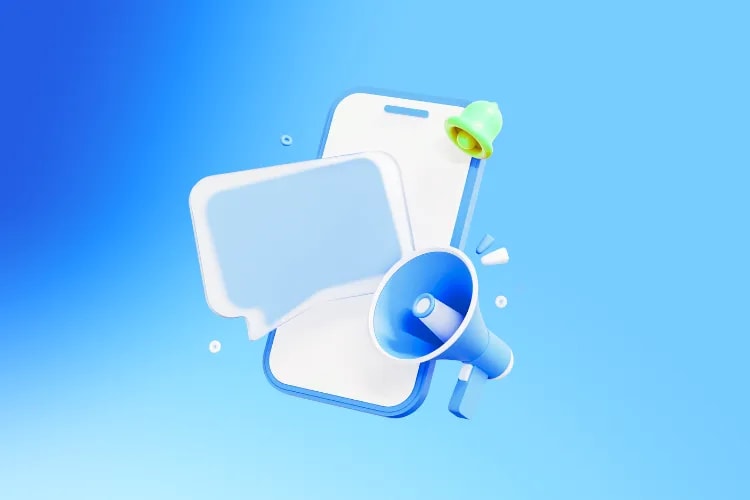
If your event marketing plan still lives in a messy spreadsheet or a long email thread, you’re leaving attendance and ROI to chance. Marketers are spending more than ever, yet many still struggle to connect efforts to outcomes. In one global survey of nearly 2,000 marketers, budgets were set to grow, but fewer than half measured ROI holistically across channels—proof that a disciplined, measurable plan is now non‑negotiable. (Nielsen, 2024)
At the same time, in‑person experiences are roaring back. When you combine surging interest with a plan that aligns your audience, channels, content, and measurement, you get a flywheel that converts curiosity into registrations—and registrations into revenue. This guide walks you step‑by‑step through building an event marketing plan that not only fills the room but also proves business impact.
An event marketing plan is a strategic roadmap that outlines how you’ll promote your event before, during, and after it happens to reach target audiences, drive registrations, and meet business goals.
It defines who you're targeting, what messages and channels you’ll use, when promotions will run, and how success will be measured.
A well-crafted event marketing plan helps you:
Align your promotional efforts with business goals
The Loopyah Content Team shares expert insights, practical guides, and industry updates to help event organizers create unforgettable experiences and stay ahead in the event planning world.
planning
Allocate budget and resources effectively
Build sustained awareness leading up to the event
Engage attendees at every stage of the journey
Track performance and prove ROI
Without a clear plan, event marketing often becomes reactive — emails go out late, ads underperform, teams work in silos, and the attendee experience suffers. A disciplined event marketing plan ensures every campaign, post, and outreach is intentional, data-informed, and aligned with your overall event strategy.
While every plan will look different depending on the event type and goals, most include:
Target audience definition and segmentation
Unique value proposition (UVP) for the event
Marketing goals and KPIs (e.g. registration numbers, CPA, pipeline impact)
Channel mix and budget allocation
Content and messaging strategy
Campaign timeline or calendar
Measurement and optimization plan
Whether you're promoting a conference, trade show, music festival, webinar, or internal summit, your event marketing plan acts as the blueprint to guide every touchpoint — from your first teaser post to post-event follow-up.
🚀 Want to jump straight into action?
Download our free Event Marketing Plan Template below to start building your strategy right away. It’s plug-and-play, editable, and built for real-world use.
Or, if you want the full picture (including pro tips and proven tactics), keep reading — the guide below is packed with insights to help you drive serious attendance and ROI.
Everything great in event marketing begins with audience clarity. Who are you trying to reach? What do they want from an event right now? Why would they choose your experience over the countless alternatives competing for time and budget?
Fresh attendee research shows motivations are nuanced. Immersive experiences, trustworthy information, and meaningful networking consistently rank high among positives. In fact, in‑person events are widely perceived as one of the most trustworthy ways to learn and connect—especially when the program design matches attendee intent (to learn, to network, to do business, or to have fun). (PCMA/Freeman, 2024)
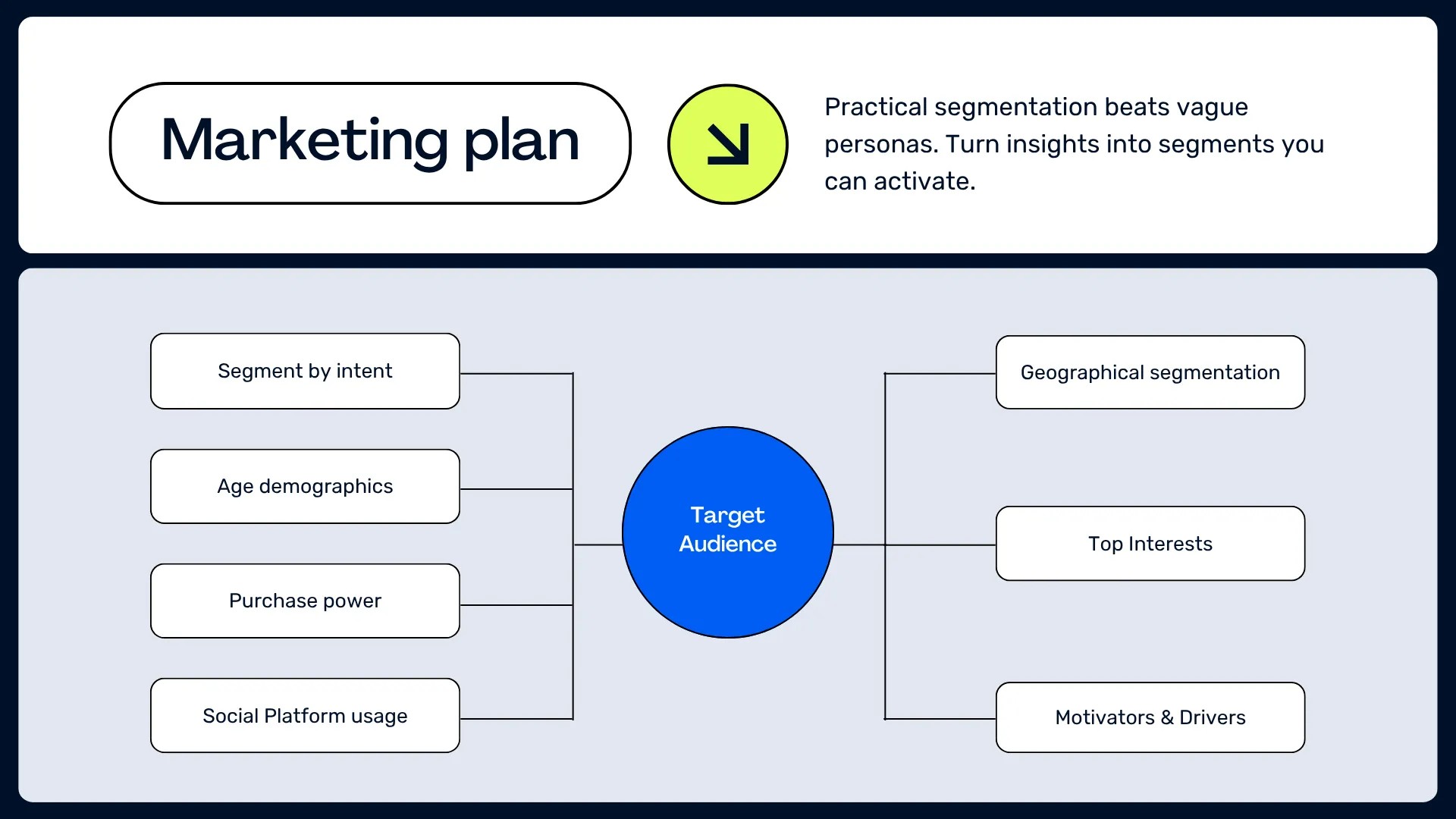
Practical segmentation beats vague personas. Start with intent: what “job” is each segment hiring your event to do?
Learners: want credible education, CE credits, clear tracks by skill level.
Networkers: want curated meetups, hosted buyer programs, and warm introductions.
Deal‑makers: want access to decision‑makers, demos, and scheduled 1:1s.
Fun‑seekers: want headliners, interactive zones, and shareable moments.
Then layer in demographics and firmographics: age, role/seniority, industry vertical, company size, location, and budget. Platform preferences vary by age—Gen Z and younger millennials might find you first on TikTok or Instagram, while Facebook, YouTube, and LinkedIn deliver broader reach for older or professional audiences. Use this to pick channels intentionally—not by habit.
Survey and interview: Ask past attendees and prospects about goals, barriers, and preferred channels. Keep it short and offer an incentive.
Mine first‑party data: Registration fields, onsite scans, session attendance, and email engagement reveal real behaviors you can segment on.
Social listening: Track questions and keywords your audience uses. This informs content topics and paid social targeting.
Build 3–5 actionable segments: Example: “Rising managers seeking leadership skills,” “Directors seeking vendor solutions,” “Creators seeking community.”
Finally, personalize offers and content by segment. Personalization doesn’t require creepy tracking; it means using the right message and nudge for the right people at the right time. For events, simple changes—like tailoring email subject lines by agenda track or surfacing relevant speakers on the landing page—compound into big gains.
Want help designing segmented nurture paths and automations? See our guide to event email marketing strategy, including calendar examples and copy templates.
Your event marketing plan must ladder up to business impact. Vague aims like “increase brand awareness” won’t survive budget reviews or post‑mortems. Instead, define SMART objectives that connect to revenue, pipeline, and satisfaction. Align marketing with sales on definitions and thresholds before you launch to avoid attribution debates later.
Paid attendance: Grow paid registrations by 20% vs. last year at a blended CPA under $35.
Pipeline impact (B2B): Generate $3M in influenced pipeline within 90 days; lift MQL→SQL conversion by 5 percentage points for event‑sourced leads.
Attendee experience: Achieve NPS ≥ 60 and 85% session satisfaction. Capture 1,000 survey responses.
Sponsorship ROI: Deliver 20 qualified meetings per top‑tier sponsor and 200 badge scans with post‑show lead files within 48 hours.
Build a simple scorecard that maps each objective to KPIs and targets. Share it across marketing, sales, and operations so everyone is rowing in the same direction. Many teams also set stage‑based “green/yellow/red” thresholds to trigger reinvestment or creative pivots mid‑campaign.
If you need help with pacing and checkpoints, our event marketing timeline shows what to do from T‑12 weeks to showtime, with sample milestones and sends.
If audience is the “who,” your unique value proposition is the “why this event, why now, for whom.” A crisp UVP distills the program promise into one sentence and becomes the spine for your landing page, ads, and outreach.
Use a jobs‑to‑be‑done lens: What are attendees trying to accomplish? What frustrates them about alternatives? What payoff do they seek—skills, deals, visibility, community, inspiration? Map those insights to your event’s differentiators: speaker lineup, hands‑on labs, curated networking, certification, venue, destination appeal, or impact initiatives (e.g., sustainability or inclusivity).
UVP formula: For [primary audience] who need [job‑to‑be‑done], [Event Name] delivers [differentiated outcome] through [key features]—unlike [alternatives].
B2B tech conference: “For growth‑stage GTM leaders, RevSummit condenses a year of revenue strategy into two days of hands‑on labs and curated peer roundtables you won’t find at trade‑show‑style events.”
Music festival: “Three nights, one waterfront stage: emerging artists meet headliners in an eco‑friendly festival where every ticket funds local music education.”
Industry expo with hosted buyers: “The only packaging event that guarantees 12 pre‑matched buyer meetings per exhibitor—plus turnkey booths and a zero‑waste show floor.”
When your UVP genuinely reflects what attendees value most and what you can deliver best, it becomes a powerful conversion tool on every channel.
Not every channel does the same job, and not every audience congregates in the same place. High‑performing teams build an orchestrated mix where each channel plays to its strengths and reinforces the others. Think in terms of funnel stages and segment preferences, then design touchpoints that move people from discovery to decision.
Email (owned): Best for nurturing and conversion. Segment by intent, role, and content interests; trigger reminders for deadlines, price changes, and saved‑but‑not‑purchased states. If you’re ready to scale targeted sends, explore Loopyah’s email marketing features to build smarter sequences.
Organic social (owned/earned): In a recent Loopyah study, we found that 65% of event attendees rely on social media posts or ads to discover events. Your social media content couldn't be more important especially at the early stages of your event campaign and creating awareness. Short‑form video and authentic stories outperform generic promos. Treat social as both a broadcast and a search surface—optimize captions and alt text with keywords attendees actually use.
Paid social (paid): Efficient for audience discovery and retargeting. Use lookalikes from past attendees and cart abandoners; run sequential creative (teaser → agenda highlights → deadline nudge).
Search and Performance Max (paid): Capture bottom‑funnel intent (“[your city] conference,” “festival tickets,” “industry expo”). Pair branded and non‑brand terms; protect your name near deadlines.
PR and partners (earned): Announce big speakers, releases, or milestones with focused press outreach. Tap media partners and associations for email list swaps and co‑promos. Need a template? Write a press release for an event with our guide.
Creators/ambassadors (earned/paid): Partner with niche voices your audience trusts. Provide trackable codes and co‑branded landing pages. For a deeper playbook, see event ambassadors.
Map channels to your segments: for younger audiences, bias toward Instagram and TikTok plus creator collabs; for professional audiences, weight LinkedIn, YouTube, and email. Use retargeting to “stitch” the journey: users who watch a speaker clip on Reels should see the agenda carousel next, then a registration deadline ad.
Start with the goal and work backward: If you need 2,000 registrations at a $30 CPA, your paid media target is ~$60,000, with owned channels closing the efficiency gap.
Time your peaks: Budget around key triggers—early‑bird opening, price rises, agenda/lineup drops, and 10/7/3/1‑day countdowns.
Instrument everything: Use UTMs, platform pixels, and server‑side events where possible; mark registrations and add‑to‑cart as conversions in your analytics.
Not sure where to place early bets? Compare options in our guide to the best ad platforms for ticket sales with pros, cons, and sample budgets.
Content is the engine of your plan. It makes your UVP tangible and moves your audience from interest to intent. Short‑form video, customer stories, and data‑rich posts tend to outperform generic promos—especially when they preview what attendees will learn and who they’ll meet.
Awareness: 15–30s speaker clips, teaser reels, problem/insight posts, PR hits, creator co‑creates, interactive polls.
Consideration: Agenda carousels, track explainers, session previews, past attendee testimonials, sponsor spotlights, “who should attend” guides.
Conversion: Deadline countdowns, price‑rise reminders, limited‑seat workshops, hotel cut‑offs, group discount offers, 1:1 outreach from SDRs or community managers.
PAS (Problem–Agitate–Solve): “Your pipeline is flat. Q4 is noisy. Spend two days in hands‑on labs to ship a 90‑day growth plan you’ll actually use.”
4U (Useful, Urgent, Unique, Ultra‑specific): “Unlock 7 new revenue tactics in 24 hours, only at CLX—featuring 3 C‑suite keynotes and 22 labs limited to 35 seats each.”
On your event page, declare the UVP in the hero, show the top 3 reasons to attend above the fold, and surface social proof (logos, testimonials, numbers). Use sticky CTAs, transparent pricing, and FAQs that answer real objections (travel cost, refund policy, vegan options, accessibility).
For deeper inspiration and templates, browse our guide to content marketing for events, including examples you can adapt for your run‑of‑show.
Treat social as both an awareness engine and a search surface. Many attendees—especially younger ones—discover and evaluate events through short videos, creator recommendations, and keyworded captions. Consistency and authenticity matter more than chasing the latest meme.
Mon: Speaker teaser Reel/Short with a pithy quote and on‑screen caption keywords (topic, city, dates).
Tue: Carousel of “Top 5 sessions for [segment],” linking to the agenda anchor on your landing page.
Wed: Creator/ambassador co‑post: “Why I’m going and what I’ll cover.” Provide trackable code and UTM.
Thu: Testimonial clip from a past attendee + proof (NPS, repeat rate).
Fri: Deadline or limited‑capacity nudge; highlight specific workshops nearing capacity.
Use platform tools to your advantage: add events to Facebook, create YouTube playlists by track, and pin key posts. Retarget video viewers with deeper‑funnel creative. For B2B, don’t overlook employee advocacy—arm speakers, sponsors, and team members with pre‑approved copy and visual kits.
Working with creators or community leaders? Our guide to event influencer marketing covers outreach scripts, compensation models, and tracking tips.
The end of your event isn’t the end of your marketing plan—it’s the beginning of long-tail ROI. Post-event marketing turns attendees into advocates, leads into customers, and content into ongoing visibility. A structured follow-up plan ensures the momentum you built doesn’t fade once the lights go out.
Within 24–48 hours, send segmented follow-ups:
Thank-you emails with personalized recaps, key takeaways, and photo galleries.
Replay or resource links for those who missed sessions or couldn’t attend.
Next-step CTAs—demo requests, newsletter subscriptions, or early access to the next event.
Use dynamic content blocks to tailor messaging by role, session attended, or engagement level.
Your sessions, panels, and behind-the-scenes footage are content gold. Slice and repurpose them across channels:
Blog posts summarizing top insights or trends.
Short-form videos and quote graphics for social.
Podcast episodes or webinars using recorded audio.
Gated eBooks or “event report” downloads for lead gen.
Repurposing extends your event’s shelf life and compounds SEO value.
Run surveys within 24–72 hours while experiences are still fresh. Keep them short and purposeful:
What was most valuable?
How likely are you to attend again (NPS)?
What could be improved next time?
Show the success of your event publicly:
Create a highlight reel or “thank you” video featuring crowd shots, speakers, and stats (attendees, sessions, sponsors).
Post top quotes, testimonials, and numbers across LinkedIn, Instagram, and your event site.
Encourage attendees to tag themselves and share photos with an event hashtag to extend reach.
Authentic social proof reinforces your brand authority and builds anticipation for future events.
Your partners invested in the event—help them capitalize:
Share attendee data (within privacy limits) and engagement insights.
Provide post-event media kits and follow-up email templates.
For B2B events, feed leads directly into your CRM with tracking fields for attribution and pipeline reporting.
When sponsors and sales see measurable impact, they’re more likely to reinvest.
Don’t let the momentum fade. Use your post-event communications to tease the next experience:
“Save the date” for next year’s event.
Pre-registration or loyalty discounts for returning attendees.
VIP or referral programs for early sign-ups.
Keeping your audience engaged between events drives repeat attendance and word-of-mouth growth.
If you can’t measure it, you can’t improve it—or defend it. Decide upfront “what counts” and “how to count it,” then instrument the end‑to‑end journey. That means consistent UTMs, platform pixels, analytics conversions, CRM hygiene, and shared attribution rules with sales. Treat measurement as a product: ship a minimum viable dashboard early, then iterate.
Decide what counts and how to count it before you launch.
Define conversions and qualifiers: Registration (paid/free), add‑to‑cart, agenda view, hotel booking click, email sign‑up. For B2B, define MQL/SQL and pipeline attribution with sales.
Implement analytics and pixels: Mark key events as conversions, verify deduplication, and set attribution windows that match your sales cycle.
Track cohorts by segment: Tag registrants with the segment they came from (e.g., “Learner – Manager,” “Deal‑maker – VP”). Report conversion and CPA by segment, not just channel.
Run experiments: Split test creative (speaker vs. outcome), offers (early‑bird vs. bundle), and landing variants (UVP headline vs. agenda‑first). Use holdouts or lift studies where feasible to estimate incrementality, not just last‑click wins.
Awareness: reach, video views (3s/ThruPlays), click‑through rate, search lift, branded search volume.
Consideration: landing‑page engagement, agenda views, add‑to‑calendar clicks, email sign‑ups, content downloads.
Conversion: registrations (by type), revenue, CPA/ROAS, discount usage, cart abandon rate, payment success rate.
Post‑event impact: NPS, session ratings, sponsor scans/leads, pipeline and revenue attribution, repeat‑purchase/renewal rate.
Loopyah helps you close the loop by unifying ticketing, attendee communications, and reporting. Explore our ticketing platform to streamline sales, and use built‑in segmentation to see which messages drive the most registrations.
Creating a high-performing event marketing plan doesn’t have to be overwhelming. Follow these eight clear steps to align your team, attract the right attendees, and prove ROI.
Start with the “why.” Define what success looks like for your event — is it registrations, revenue, leads, engagement, or brand awareness? Set SMART goals and connect them to measurable KPIs like cost-per-acquisition (CPA), NPS, or influenced pipeline.
Identify who you’re trying to reach. Go beyond basic demographics to segment by intent — learners, networkers, buyers, fun-seekers — and map each segment’s motivations, preferred channels, and content needs.
Clarify why this event, why now, and for whom. Your UVP should highlight the differentiated outcome your event delivers and what makes it stand out in a crowded calendar.
Select a mix of owned, earned, and paid channels based on audience behavior and funnel stage. Email, social, search ads, influencers, PR, and partnerships should work together in an orchestrated sequence.
Develop high-impact content for every funnel stage — from teaser videos and thought leadership posts to agenda previews and registration nudges. Personalize messaging by segment and channel for higher engagement.
Map your campaigns to key event milestones like early-bird deadlines, agenda drops, or speaker reveals. Build a budget around registration targets, CPA goals, and media channel mix. Use a 12-week countdown or phase-based calendar to stay on track.
Once live, monitor performance daily. Watch for early signals (e.g. low CTRs, rising CPAs, slow registration pace) and be ready to pivot creative, reallocate budget, or launch retargeting.
Don’t stop at registration counts. Track full-funnel metrics from impressions to post-event conversions. Tie marketing efforts to business outcomes like pipeline, renewals, or repeat attendance, and package results for internal stakeholders.
Not all events — or event marketing plans — are created equal. Different formats, goals, and audiences require tailored strategies. Here's how to adapt your event marketing plan based on the type of event you're promoting:
Primary goals: Lead generation, brand positioning, community building
Tactics that work:
Segment by job title or industry
Run LinkedIn and email nurture campaigns
Highlight keynote speakers, breakout tracks, and networking features
Align with sales to influence pipeline and track MQLs/SQLs
Primary goals: Education, top-of-funnel awareness, demand generation
Tactics that work:
Promote with short-form video on social and email teasers
Gate the registration page with value-based CTAs (“Save your seat,” “Watch live Q&A”)
Run reminder sequences to boost attendance rates
Follow up quickly with recordings, resources, and CTAs
Primary goals: Product showcase, buyer-seller matchmaking, brand exposure
Tactics that work:
Use hosted buyer programs and exhibitor matchmaking tools
Promote via partners, associations, and industry publications
Drive pre-scheduled meetings with email and social targeting
Equip vendors with co-branded collateral
Primary goals: Ticket sales, buzz, attendance, sponsorship value
Tactics that work:
Lean into creator/influencer partnerships for reach and authenticity
Use Instagram, TikTok, and short-form video for FOMO-driven campaigns
Promote lineup drops, contests, and behind-the-scenes teasers
Build urgency with countdowns and limited-release ticket tiers
Primary goals: Engagement, culture-building, alignment
Tactics that work:
Use internal comms (Slack, email, intranet) for segmented outreach
Personalize agendas and speaker invites by department or role
Include gamification and post-event surveys for engagement
Primary goals: Blend reach (virtual) and engagement (in-person)
Tactics that work:
Create dual-track messaging for remote vs. onsite attendees
Use email and retargeting to upsell virtual pass holders to in-person
Promote exclusive in-person experiences to drive F2F attendance
Why This Matters
Tailoring your event marketing plan to the format, audience, and goals of the event dramatically increases its effectiveness. A one-size-fits-all approach leads to missed opportunities, misaligned messaging, and wasted budget.
When in doubt, ask:
What job is this event doing for my audience — and how do I market it accordingly?
Even seasoned event marketers fall into traps that derail attendance and ROI. Spotting these pitfalls early helps you build a plan that runs smoothly from launch to post-event follow-up. Here are the most common mistakes—and how to avoid them.
The mistake: Waiting until a few weeks before launch to announce your event.
Why it hurts: You miss out on early-bird sales, press coverage, and organic buzz that takes time to build.
How to avoid it:
The mistake: Promoting the agenda before explaining why your event matters.
Why it hurts: Prospective attendees don’t see what’s unique about your experience versus competitors.
How to avoid it:
The mistake: Blasting the same message to your whole list.
Why it hurts: Generic outreach fails to connect emotionally or contextually.
How to avoid it:
The mistake: Launching campaigns and never checking performance until it’s too late.
Why it hurts: You overspend on underperforming channels and miss easy optimization wins.
How to avoid it:
The mistake: Focusing all efforts on pre-event promotion and forgetting the attendee experience.
Why it hurts: Dissatisfied attendees won’t return—or recommend you.
How to avoid it:
The mistake: Treating the event’s last day as the finish line.
Why it hurts: You lose warm leads, future registrations, and brand equity.
How to avoid it:
The mistake: Reporting on impressions and clicks without tying results to business outcomes.
Why it hurts: Leadership can’t see the event’s true ROI, making future budgets harder to justify.
How to avoid it:
Winning event teams follow a repeatable loop: clarify the audience, craft a sharp UVP, orchestrate channels by segment and stage, ship helpful content, and measure causally so you can double down on what works. With budgets tilting digital and live experiences surging, a disciplined, data‑driven event marketing plan is your edge.
If you’re ready to operationalize your plan—build segmented email journeys, track conversions with confidence, and sell more tickets—Loopyah can help. Explore our event software features and get your plan into market faster.
And if you’re looking to tip more visitors into buyers right now, don’t miss our playbook on how to sell more tickets for an event. Pair these tactics with your new plan to move the needle this quarter.

marketing



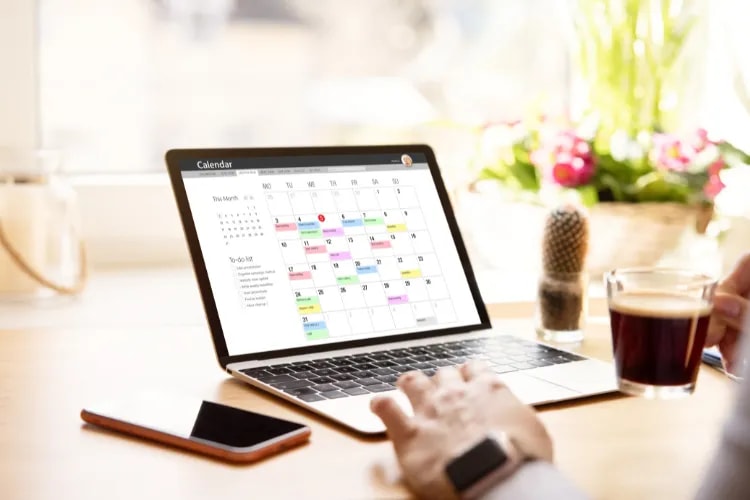
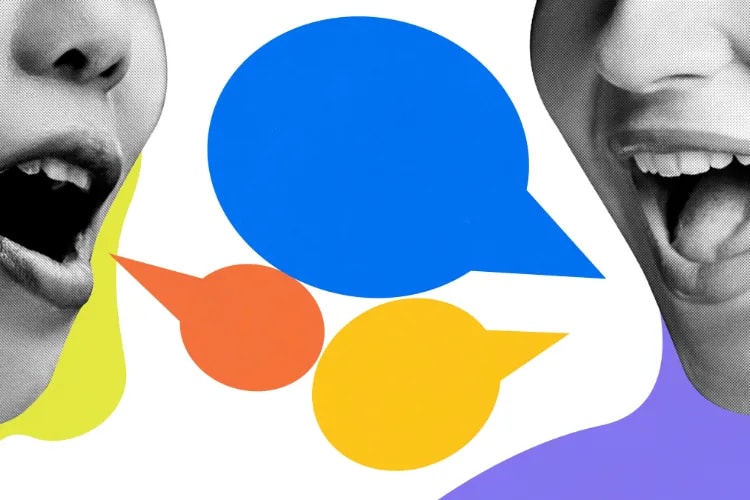
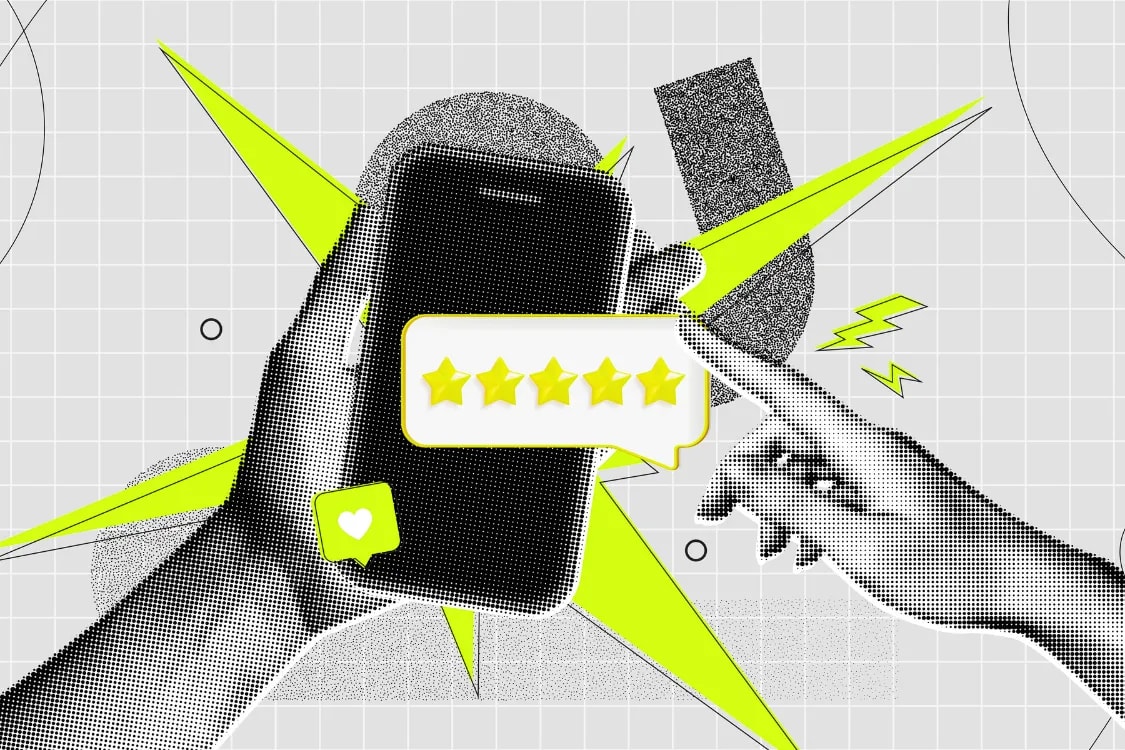



marketing
marketing
planning
planning
marketing
marketing
planning
marketing
marketing